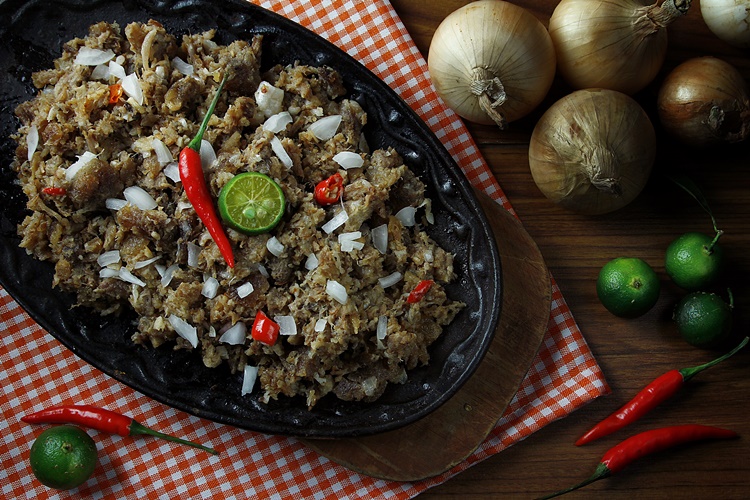SISIG – Here are some of the important things you need to know about this famous Filipino dish including its origin and inventor.
Sisig is a traditional Filipino dish recognized for its rich flavors and unique preparation methods. The dish originated in the Pampanga region of Luzon and has since evolved from a simple Kapampangan salad to an internationally famous dish.
The popular appetizer ‘Pulutan’ shows how Filipinos can turn simple ingredients into amazing food. Angeles City in Pampanga declared it part of their cultural heritage and holds a yearly Sisig Festival to celebrate the dish.

HISTORY
The word “sisig” first appeared in 1732, meaning a sour fruit salad. Back then, people ate it to cure hangovers. During the American occupation, Filipinos started using leftover pig parts from military bases to make sisig.
INVENTOR
In the 1970s, Lucia Cunanan (known as Aling Lucing) created the modern version we know today. Aling Lucing grilled pig ears and cheeks, chopped them up, and added spices. This made the dish famous nationwide.
PREPARATION
Preparing it involves three main phases: boiling, broiling, and grilling. The process begins with boiling a pig’s head to remove hairs and tenderize the meat. The meat is then broiled or grilled, enhancing its flavor and texture.

Finally, the meat is chopped and fried with onions and chicken liver, seasoned with calamansi juice, vinegar, and chili peppers. Traditional sisig is served on a sizzling plate, often topped with a raw egg, which cooks in the residual heat.
Nowadays, chefs make sisig with different meats, seafood, and even tofu. It’s popular both in street stalls and restaurants. The dish has earned international fame, with food critics and chefs praising it worldwide.
The popular pulutan has spread beyond the Philippines. You can find it in Filipino restaurants around the world, and some places even make fusion versions like sisig tacos.

